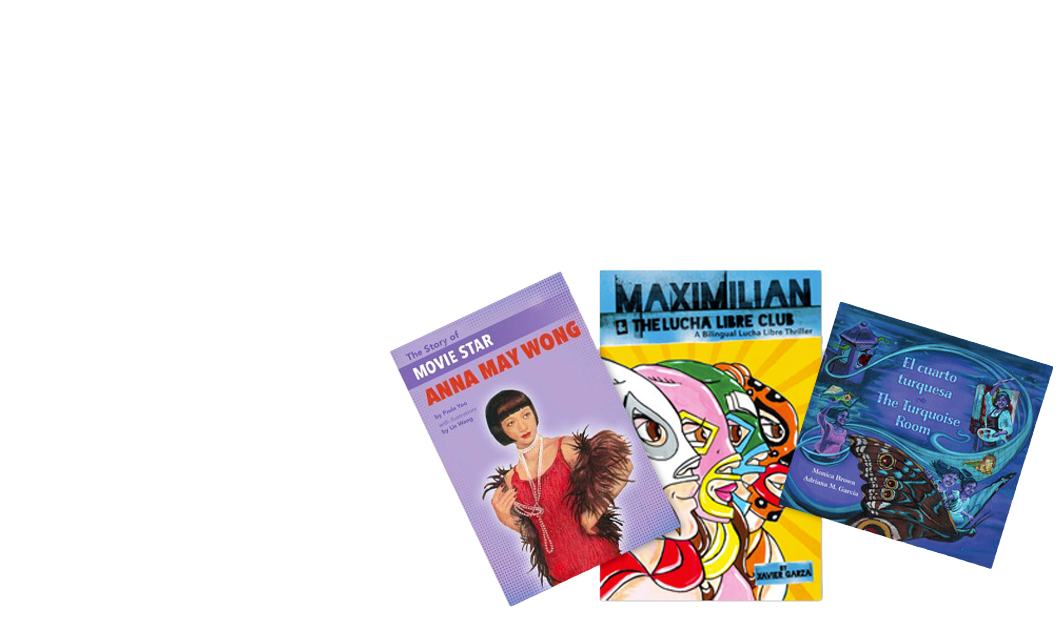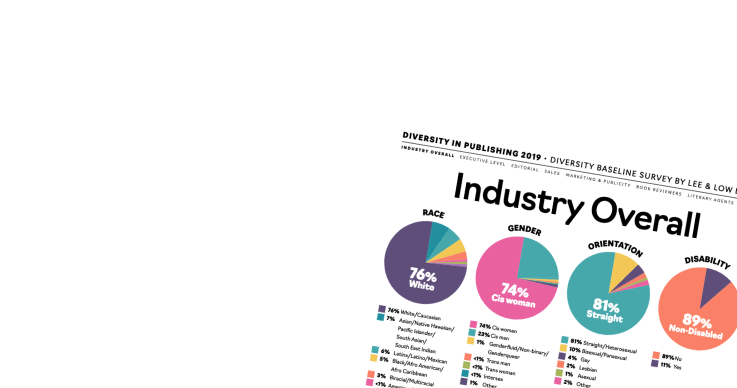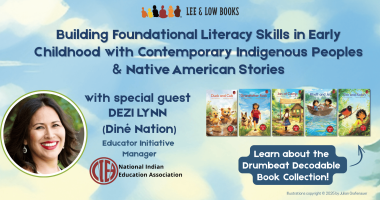By The Anti-Defamation League
Literature is a powerful vehicle for helping children understand their homes, communities and the world. Even before young children can read themselves, family members, childcare providers and teachers are reading them stories about other children in far-away places, sometimes from the distant past, or about children whose lives are not unlike their own. The impressions and messages contained in these stories can last a lifetime. Even in this era of “virtual” experience, the reading of children’s books remains one of the most personal, in that the literary experience is shaped by the interaction of reader, listener and text.
According to the Cooperative Children’s Book Center, University of Wisconsin, Madison, of the 4,500 children’s books published in the United States in 1997, 88 were by African-American authors and/or illustrators, 88 were by Latino/a authors or about Latino/a themes, 64 books were on Native American themes and 66 were about Asians and Asian Americans. Of the 66 books about Asians, only six were about Asian-American children living in the United States in the 1990s and 14 of the titles were folklores.1
Children’s books, at their best, invite children to use their imaginations, expand their vocabularies and gain a better understanding of themselves and others. And, if the titles reflect the diverse groups of people in the world around them, children can learn to respect not only their own cultural groups, but also the cultural groups of others. Children’s literature serves as both a mirror to children and as a window to the world around them by showing people from diverse groups playing and working together, solving problems and overcoming obstacles. At its best, multicultural children’s literature helps children understand that despite our many differences, all people share common feelings and aspirations. Those feelings can include love, sadness, fear and the desire for fairness and justice.
Unfortunately, not all children’s literature sends the messages that we want children to learn. Children’s books often contain the same stereotypes and biases of other media, and because children are interested in a story’s plot and characters, it is unlikely that they will know or consider whether a book includes racist or sexist messages or other stereotypes. However, if young children are repeatedly exposed to biased representations through words and pictures, there is a danger that such distortions will become a part of their thinking. It is, therefore, the responsibility of adults to help children select literature that is both entertaining and that provides children with accurate representations of all people. Additionally, because there is such a relatively small number of children’s books about people of color, people who are gay and lesbian or people with physical and mental disabilities, it is extremely important that adults make every effort to see that high-quality children’s literature by and about these groups is made available to children.
Selecting good multicultural children’s books begins with the same criteria as that for selecting any good children’s books – the literary elements of plot, characterization, setting, style, theme and point of view must be interwoven to provide an interesting story. In addition, good multicultural children’s books will challenge stereotypes and promote a realistic glimpse into the lives of diverse groups of people. By providing children with accurate and positive representations of the many cultural groups that make up the community, society and the world in which they live, books can help children learn to identify stereotypes and biases when they encounter them.
Connecting to National and State Standards.
While not every book can possibly meet every standard for what constitutes an “excellent” children’s book, often times the value of a particular book will outweigh those areas that might be questionable or problematic. When deciding whether or not to include a particular title in a collection of children’s books, it is important to review the content as well as any illustrations or pictures that accompany the text. Children’s books should be examined for such things as historical accuracy, realistic life styles, believable characters and authentic language. The books chosen should also represent a variety of settings, problem-solving approaches and themes, and should provide opportunities for children to consider multiple perspectives and values. Most importantly, the books must have universal appeal. Multicultural children’s books should not speak to a limited group; they should speak to all children.
Reprinted from the A WORLD OF DIFFERENCE® Institute Anti-Bias Study Guide (Elementary/Intermediate Level). © 2001 Anti-Defamation League.
1For updated statistics, please see Children’s Books by and about People of Color from the Cooperative Children’s Book Center.








